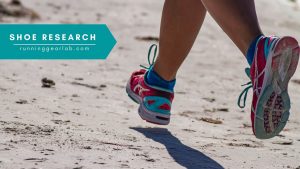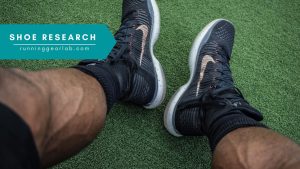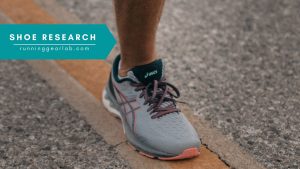Top 5 Best Stability Running Shoes 2025
Expert-Tested Reviews
If you’re a marathon runner dealing with overpronation, choosing the best stability running shoe can be the difference between staying injury-free and dealing with knee pain, shin splints, or plantar fasciitis. After testing dozens of stability shoes through hundreds of training miles in 2025, we’ve identified the best options for mild to moderate overpronators. Whether you’re training for your first marathon or chasing a PR, these stability shoes provide the perfect balance of support and cushioning without sacrificing speed or comfort.
Top 5 Stability Running Shoes Table
| Photo | Product | Details | Price |
|---|---|---|---|
 | Brooks Adrenaline GTS 24 | Best For: Marathon Training & Daily Runs Weight: 10.2 oz Drop: 12mm Support Level: Moderate | Check Price |
 | ASICS Gel-Kayano 32 | Best For: High-Mileage Marathon Runners Weight: 10.9 oz Drop: 10mm Support Level: Maximum | Check Price |
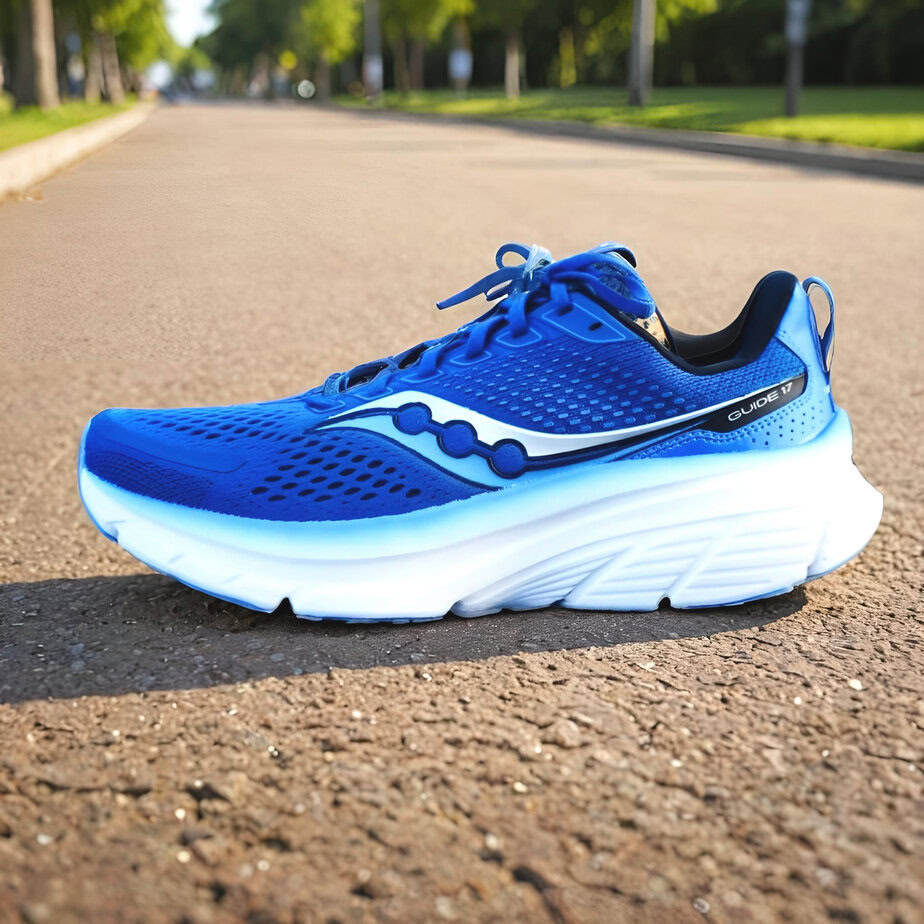 | Saucony Guide 17 | Best For: Speed Work & Tempo Runs Weight: 8.9 oz Drop: 6mm Support Level: Mild-Moderate | Check Price |
 | New Balance 860v14 | Best For: Budget-Conscious Runners Weight: 9.5 oz Drop: 10mm Support Level: Moderate | Check Price |
 | Hoka Arahi 7 | Best For: Maximum Cushioning Weight: 8.8 oz Drop: 5mm Support Level: Moderate | Check Price |
Top 3 Best Stability Running Shoes Reviews
#1 Brooks Adrenaline GTS 24 – Best Overall Stability Shoe ⭐⭐⭐⭐⭐
The Brooks Adrenaline GTS 24 remains the gold standard for stability running shoes in 2025, and for good reason. After putting over 150 miles on these during marathon training, they’ve proven themselves as the most reliable option for overpronators seeking daily training comfort.
GuideRails support system.
provides gentle correction without feeling rigid or heavy
DNA LOFT v3 foam.
offers plush cushioning that doesn’t sacrifice responsiveness

Engineered mesh upper.
delivers excellent breathability even on hot summer runs
Proven durability
Proven durability- still going strong after 150+ miles with minimal wear
What could be better
- Slightly heavy at 10.2 oz compared to lighter stability options
- Traditional 12mm drop may not appeal to those transitioning to lower drops
- Premium price point at $140 (though worth it for the quality)
2. ASICS Gel-Kayano 31 – Best for High Mileage Training ⭐⭐⭐⭐⭐
The ASICS Gel-Kayano 31 is the ultimate stability shoe for serious marathoners racking up 40-60+ mile weeks. This is maximum-support territory without crossing into motion-control stiffness.
4D Guidance System.
offers ASICS’s most advanced stability tech—smoother than previous versions
FF Blast Plus Eco foam.
in midsole provides exceptional energy return for a stability shoe
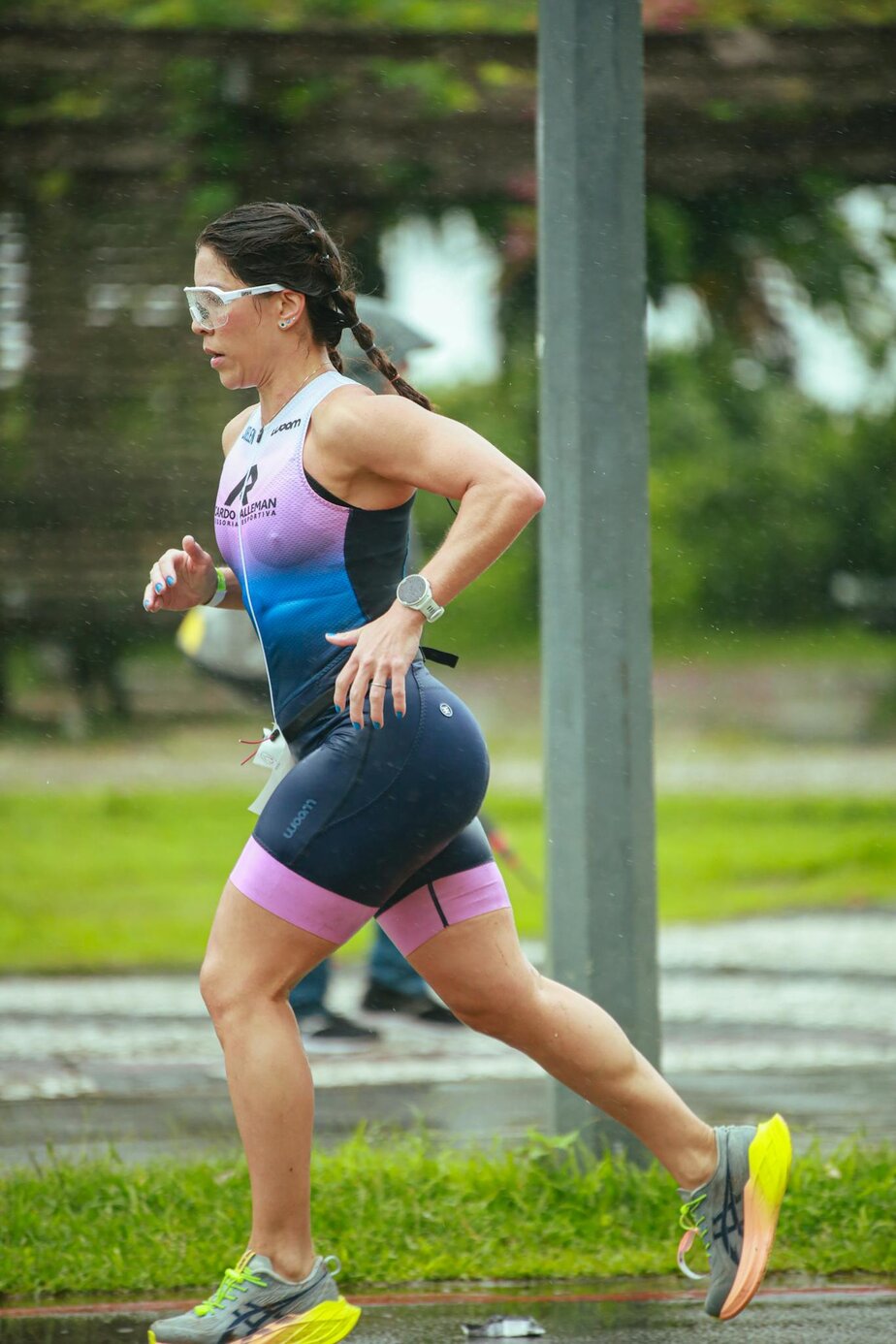
Outstanding durability.
built to last 400-500 miles
Wider toe box.
(compared to Kayano 30) accommodates foot swelling on long runs
What could be better
- Heaviest shoe on our list at 10.9 oz—you’ll feel it on speed workouts
- $160 price tag is steep (but you get what you pay for)
- Takes 20-30 miles to break in properly
3. Saucony Guide 17 – Best Lightweight Stability Shoe ⭐⭐⭐⭐½
The Saucony Guide 17 is proof that stability shoes don’t have to feel clunky. At just 8.9 oz, this is the lightest stability shoe we tested, making it perfect for tempo runs and race day.
Lightweight at 8.9 oz
you’ll barely notice you’re wearing stability shoes
Lower 6mm drop
appeals to runners transitioning from neutral shoes

PWRRUN cushioning
provides snappy, responsive feel for speedwork
Faster shoe
than traditional stability options – great for PR attempts
What could be better
- Less supportive than Adrenaline or Kayano—best for mild overpronators only
- Narrower fit may not work for wider feet (no wide option)
- Thinner cushioning means less protection on very long runs (15+ miles)
4. New Balance 860v14 – Best Value Stability Shoe ⭐⭐⭐⭐
The New Balance 860v14 delivers premium stability features at a more accessible price point. It’s $5-25 cheaper than competitors while still providing excellent support.
Dual-density midsole
provides reliable stability without gimmicks
Comfortable from first run
no break-in period needed

Available in multiple widths
(narrow, standard, wide, extra-wide)
Clean, versatile design
works for running and casual wear
What could be better
- Less exciting technology than competitors (but it works)
- Foam feels slightly firmer than Brooks or ASICS options
- Not as durable as premium options (300-350 mile lifespan)
- Heavier than Guide 17 but lighter than Kayano
5. Hoka Arahi 7 – Best Cushioned Stability Shoe ⭐⭐⭐⭐½
If you love Hoka’s maximal cushioning but need stability support, the Arahi 7 is your shoe. It’s surprisingly lightweight at 8.8 oz despite the thick midsole stack.
J-Frame stability technology
built into midsole geometry (not posted foam)
Plush, soft ride
typical of Hoka—great for recovery runs

Surprisingly lightweight
**Weight:** 8.8 oz
Meta-Rocker geometry
creates smooth heel-to-toe transition
What could be better
- Thick cushioning makes you feel slightly disconnected from ground
- Not ideal for speedwork or races—better for easy/long runs
- Narrow midfoot may not fit all foot shapes
- Takes getting used to if you’re coming from traditional stability shoes
Buying Information
Still not convinced that you have all the information you need to find the best stability running shoes? Here are a few more pieces of information that might aid your buying decision. Here are a few points to consider as you search for the best stability running shoes.
What is Overpronation?
Overpronation occurs when your foot rolls inward excessively (more than the natural 15°) during your running stride. This inward collapse can lead to: – Knee pain (runner’s knee) – Shin splints – Plantar fasciitis – IT band syndrome – Achilles tendinitis
How to Tell if You Overpronate
- 1. **The Wet Foot Test:** Step in water, then onto paper. If your footprint shows nearly your entire foot with little to no arch curve, you likely overpronate.
- 2. **Check Your Old Shoes:** Excessive wear on the inner edge of the sole indicates overpronation.
- 3. **Video Analysis:** Have a running store analyze your gait or film yourself running.
Stability vs. Motion Control Shoes
Stability Shoes (Recommended for Most) For **mild to moderate** overpronation. Shoes use medial posts, guide rails, or geometric design to gently correct inward roll. This still allows natural foot motion Examples are Brooks Adrenaline, Saucony Guide
Motion Control Shoes (For Severe Cases)- For **severe overpronation** or very flat feet. Maximum support with rigid construction. Heavier and less flexible only needed if prescribed by podiatrist or sports medicine doctor – Examples: Brooks Beast, ASICS Gel-Kayano (leans motion control)
Break in Period
Modern stability shoes typically need 20-30 miles to feel their best. Don’t judge on your first run!
Do I really need stability shoes?
Only if you overpronate. If you’re currently running in neutral shoes without pain or injury, stick with what works. Stability shoes are corrective—they’re not “better” than neutral shoes, just different.
Can I use stability shoes for a marathon?
Absolutely! Most of the shoes on this list are designed specifically for marathon training and racing. The Saucony Guide 17 is particularly popular for race day due to its light weight.
Will stability shoes slow me down?
Modern stability shoes (especially lighter options like the Guide 17) have minimal speed penalty. The support they provide often allows you to run faster by preventing fatigue and injury.
How do I know when to replace my stability shoes?
Replace around 350-500 miles, or when you notice:
– Increased knee, shin, or arch pain
– Visible midsole compression or wear
– Loss of cushioning feel – Outer sole wear exposing midsole foam


